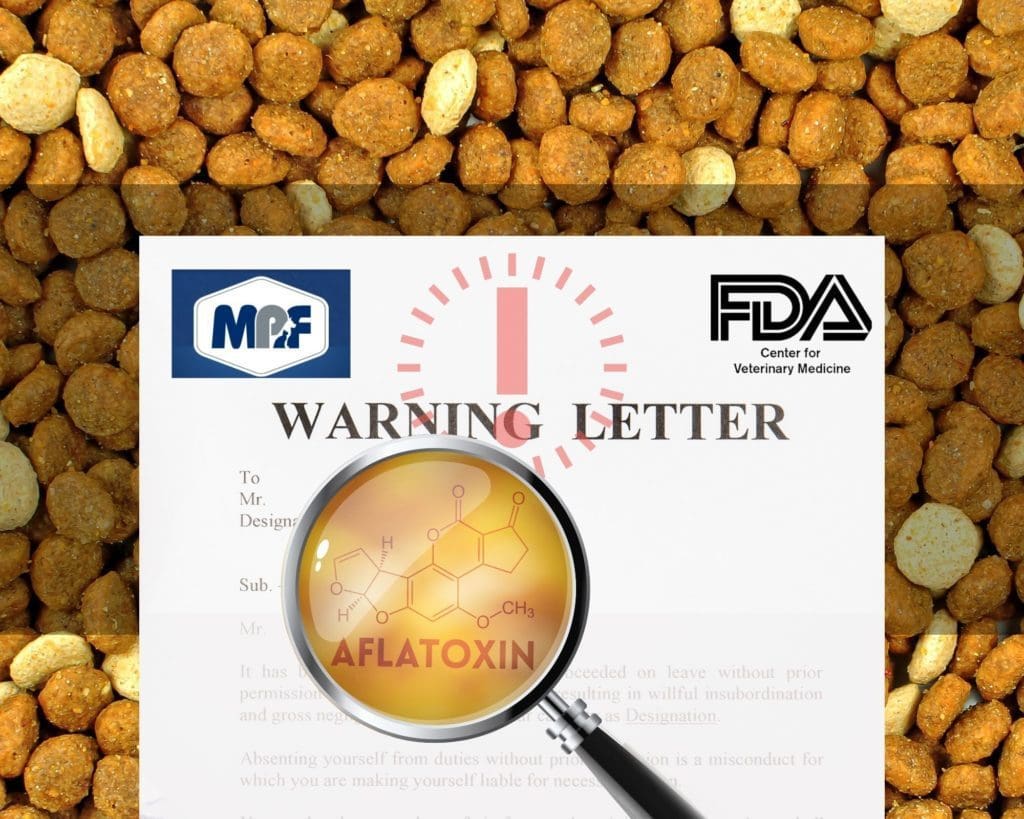FDA issues another letter to firm behind deadliest dog food recall in years. Letter threatens more letters.
If you were not following our reporting this winter about the Midwestern aflatoxin recalls, our friend Dr. Ann Hohenhaus at the Animal Medical Center in New York has a must-read explainer to help you appreciate what the dogs and their owners endured: As Dr. Hohenhaus puts it, “The pet owner descriptions of the dogs’ deaths are graphic and deserve some medical explanation to help readers understand the disease. We agree. And in honor of Mr. Nunn’s letter, we urge readers to click here for Dr. Hohenhaus’s medical explainer.
Today, TCR is moving the focus to the regulators and shining the spotlight on the letter writers at CVM – which includes yet another Midwestern pet food recall in late March (salmonella this time, not aflatoxin), and its latest communication with Midwestern — by removing our paywall from our reports about Midwestern for the remainder of the week. Compare their handiwork to Dr. Hohenhaus’s findings and see what you think.
We’ve provided CVM director Dr. Steven Solomon with the list of questions below and await his responses. FDA spokeswoman Siobhan DeLancey followed up just as we were publishing this story to let us know that we could expect to hear from CVM (Center for Veterinary Medicine) tomorrow. “In the meantime,” she wrote, responding to our request for a document that contains specific policies and procedures as well as a timeline or flow chart that determines the response of the agency when organizations and manufacturers do not correct deficiencies cited in Form 483, “You can peruse the Regulatory Procedures Manual and our Compliance & Enforcement page, which provides many of the resources you asked about. You’ll find descriptions of the differences between FDA Form 483 and warning letters particularly helpful, as well as the list of injunctions.”
Here are the questions we posed to Dr. Solomon earlier:
1. Do you have a policies and procedures guide and, if so, is there a document that contains the actual timeline or flow chart that determines the response of your agency when organizations and manufacturers do not correct deficiencies identified in Form 483? I understand that you cannot speak specifically about one company. I am asking to be pointed to the document or documents on which your agency bases its actions under the circumstances I’ve described.
2. We obtained an FDA Form 483 inspection report of the facility in Chickasha, Oklahoma through FOIA based on inspections through February 2021. The report notes that the company’s preventive controls “failed to adequately control the hazard of aflatoxin in your firm’s finished pet food products as evidenced by the following deficiencies…” The report goes on to list alarming concentration levels of aflatoxin in food samples taken from “multiple sources in Missouri.” Can you explain why the firm is now receiving another letter (as opposed to “product seizure and/or injunction”) since you’ve already issued a Form 483 this year?
3. I want to afford you the opportunity to respond to the suggestion that CVM’s warning letter, arriving eight months after the first recall, is coming a day late and a dollar short. Do you have any response?
4. Can you also cite any example at all of CVM taking the step of “legal action, including product seizure and/or injunction” without any criminal charges?
5. You say that FDA “has requested a written response from the company within 15 working days stating the specific steps they have taken to correct any violations. Failure to adequately address any violations promptly may result in legal action, including product seizure and/or injunction.” Why only a written response? Why, at this point, would inspectors not simply start showing up every several days? Please explain to my readers.

